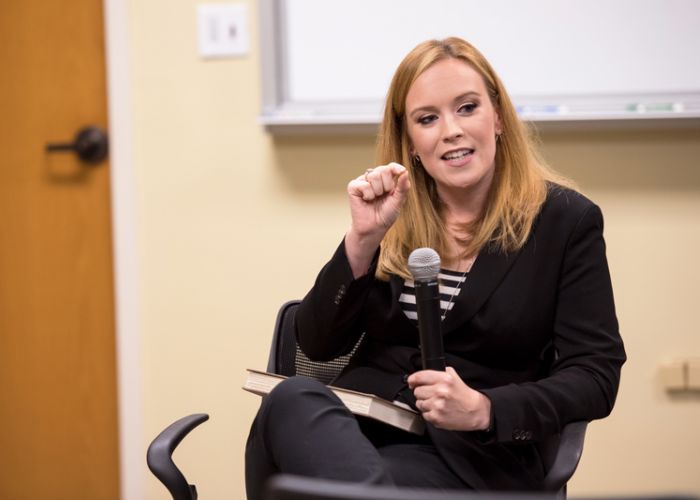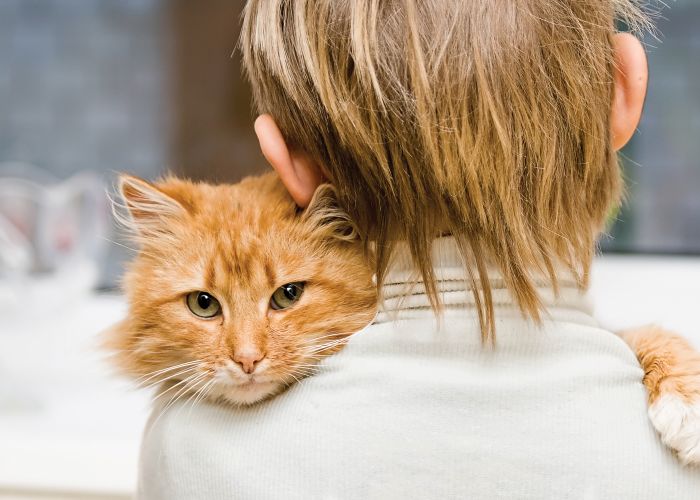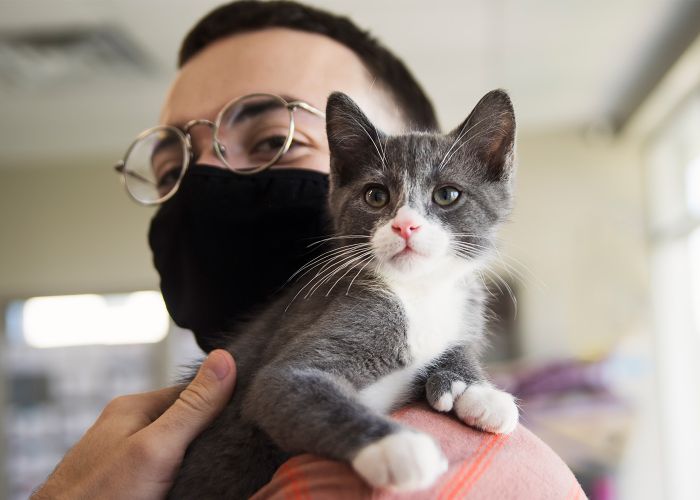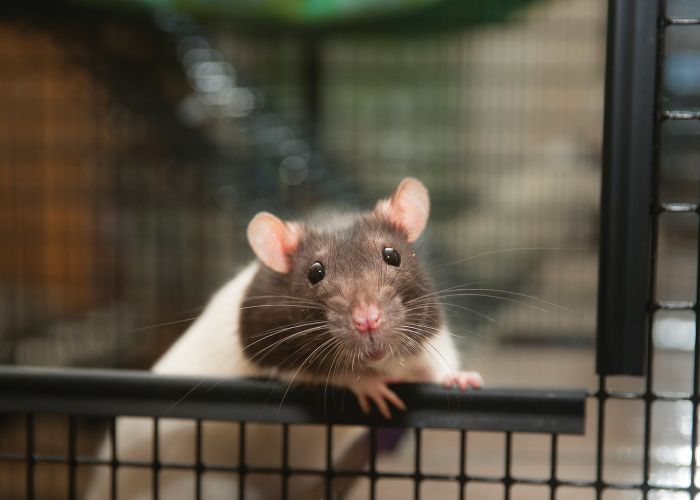Out of the shelter, into the field
Applying best practices to help animals in limited-resource environments
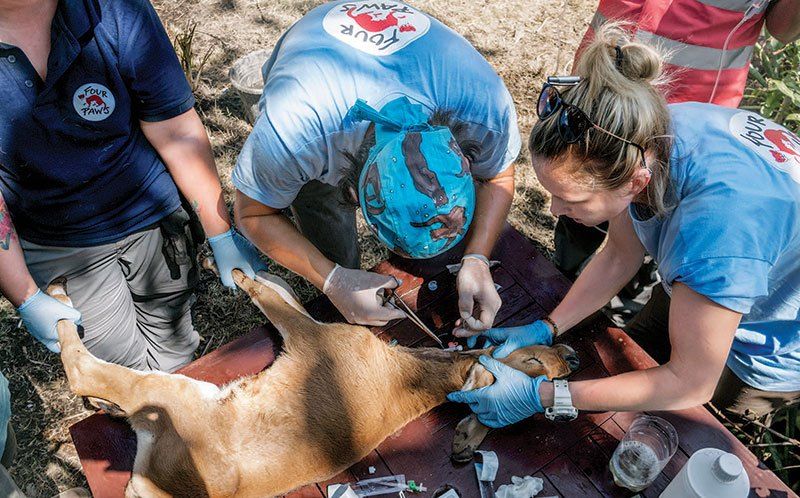
On Aug. 5, 2018, a magnitude 7.0 earthquake struck the Indonesian island of Lombok, killing over 450 people, damaging tens of thousands of homes and displacing over a quarter million inhabitants. The earthquake destroyed up to 75 percent of villages in North Lombok. Also affected were the Gilis, three beautiful islands popular with divers and tourists. The earthquake toppled mosques, downed power lines and shut down water desalination plants, effectively throwing the islands into an emergency state.
I was in Indonesia at the time, working on another project, and I remember watching the devastation in disbelief on TV at my hotel. Later, I received a call from our director of disaster response at FOUR PAWS International, asking if I was available to deploy to the affected area as soon as possible. Both Lombok and the Gilis are home to thousands of working horses and free-roaming cats, who are dependent on people for fresh water, food and care. Following the quake, panicked locals fled out of fear of aftershocks and lack of fresh water. The Indonesian government mandated the immediate evacuation of all tourists, and boats that routinely delivered supplies to the islands halted operations, effectively leaving animals to fend for themselves.
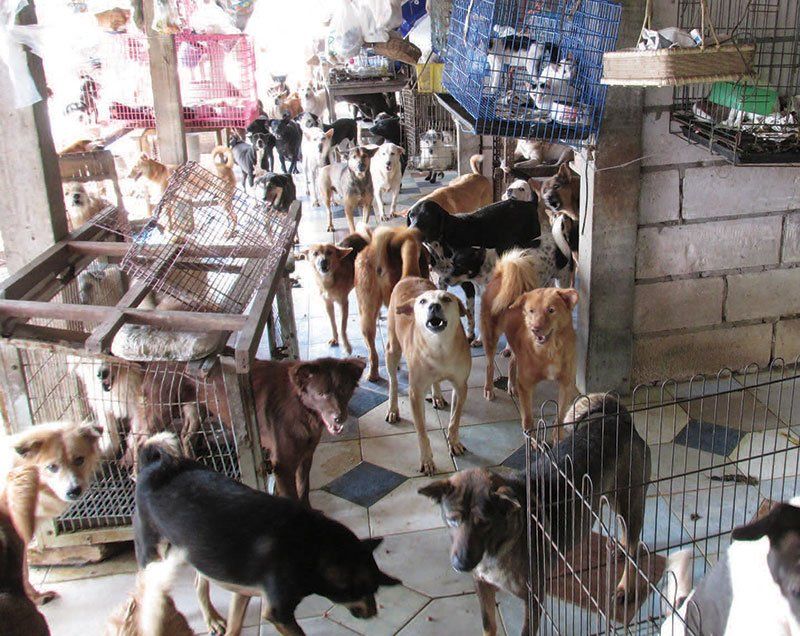
In collaboration with local charity Horses of Gili, our team rapidly established an operational command center out of a dive shop on Gili Trawangan, where for 15 days we ran a temporary clinic for injured animals. Conditions were challenging, to say the least. Supplies to provide basic care were limited, as buckets, ropes and tarps had been sent to the island of Lombok to assist with human disaster relief efforts. During the earthquake, horses had escaped their paddocks and were running loose, fighting and injuring one another. Aftershocks continued for weeks, exacerbating structural damage and trapping animals in the rubble. Our clinic saw a variety of patients ranging from cats and horses to a calf only days old who had been abandoned by her mother following the quake.
In many countries, veterinary training is focused on animals of economic importance (livestock), not dogs or cats.
Reality checks
Stepping outside of veterinary academia, private practice or well-resourced shelters into the field can be a sobering experience. Following veterinary school at Iowa State University, I pursued an internship and residency in shelter medicine before relocating to Southeast Asia in 2014. Despite this advanced training, I was continuously challenged by the level of animal suffering, resource limitations and differing attitudes toward stray animals that I experienced in the region. They were in stark contrast to my experience in the U.S., where the animal welfare movement was achieving more than ever before.
I deployed to Bangkok, Thailand, in 2011 following catastrophic flooding to manage a temporary shelter for rescued dogs. The shelter itself consisted of bamboo and tarps. Distemper was rampant among shelter residents, and medications to use for supportive care were limited; those we did have lacked labels in English. Many dogs suffered from difficult-to-manage diseases including tick-borne disease and transmissible venereal tumors of the nasal cavity, to name a few. We were also asked to provide emergency assistance to a nearby temple that housed over 1,600 dogs and cats in overcrowded and inhumane conditions.
Several years later, I ended up in China, assisting local animal welfare groups with emergency shelters. In recent years, local activists have started intercepting large trucks of dogs destined for the meat trade, with each truck carrying up to 1,000 animals. While the physical stopping of trucks is rather easy with support of law enforcement, the long-term care of these animals is extremely challenging. Disease is rampant in these shelters, and there is a strong resistance to vaccination due to the commonly held belief that animals should be quarantined for two to three weeks prior to vaccination.
During each of these situations, I struggled with a lack of resources to help guide my sheltering, medical and surgical decisions. Internet service was usually intermittent at best, hampering my ability to access online resources, and traveling with heavy textbooks was impractical. There was inherently a lot of improvisation during these early field operations.
In much of the developing world, poverty and geographic isolation make routine veterinary care inaccessible or unavailable, particularly for stray animals.
Unrivaled challenges
In much of the developing world, poverty and geographic isolation make routine veterinary care inaccessible or unavailable, particularly for stray animals. In many countries, veterinary training is focused on animals of economic importance (livestock), not dogs or cats. Veterinarians often graduate without ever having touched a dog or cat and with no competency in small animal medicine. As a result, spay/neuter capacity is limited, and there are few veterinary options for stray and owned animals alike.
Not surprisingly, stray animals around the world suffer from myriad welfare issues, including starvation, abuse and disease. In communities with large numbers of strays, there is usually little to no government funding allocated for population management, and inhumane control methods such as culling or removal are common. Animal welfare projects are often left to groups with limited resources and little to guide them other than a desire to help, and animal welfare legislation is often weak or nonexistent.
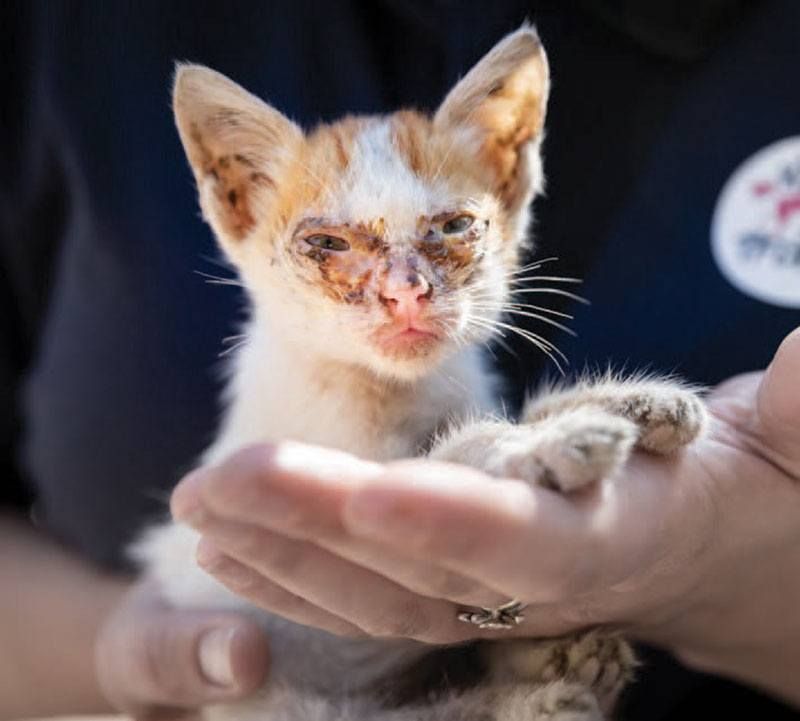
For those traveling abroad to provide medical care to animals in need, the immediate challenges are usually limited supplies and makeshift facilities. When running a field clinic, veterinarians and technicians are faced with limited equipment and drug availability, particularly anesthetics. In many countries, opioids and ketamine are highly regulated and unavailable for use in veterinary medicine. Field clinics usually have supply, staffing and facility constraints; rarely are there traditional clinic buildings to work out of, and most make do with a tent or municipal building. In many places, basic necessities such as running water may be limited, compromising the cleaning of surgical instruments, hands and patients.
Cultural differences can also pose challenges for practitioners unfamiliar with local customs. Practices such as humane euthanasia or ear notching and tattooing for permanent animal identification following surgery may be taboo or downright unacceptable. In Thailand, for instance, euthanasia is generally forbidden due to Buddhist beliefs, even for sick, dying and suffering animals. When faced with an animal suffering from an incurable disease, veterinarians from abroad must weigh their professional oath to ameliorate suffering with the cultural appropriateness of certain practices.
Before engaging in any animal care practice, a veterinary professional must understand the ideal or “gold-standard” practices as well as minimum requirements.
Meeting minimum standards
In most U.S. animal shelters, medical practices are dictated by standard operating procedures, veterinarians are on-call for consultation, and a legislative framework offers some defense against animal cruelty. In regions with fewer resources, it can be difficult to ensure that our practices meet minimum standards, or to even know what those standards are. Further complicating matters is the need to balance individual patients’ needs with those of the general population, particularly when stray numbers are high.
Before engaging in any animal care practice, a veterinary professional must understand the ideal or “gold-standard” practices as well as minimum requirements. This applies to everything from equipment and facilities to staffing, medication selection and surgical procedures. We can often find alternative methods to continue working in challenging situations, but it’s essential to know what the minimum requirements are. This will help those involved to recognize when to stop and reevaluate, preventing unacceptable situations for the animals and people involved.
A new resource
Given the unique challenges of working in the field, I’ve long felt the need for tailored resources to guide medical and surgical practices to ensure that programs are humane, sustainable and effective. For much of my career, such information remained scattered in textbooks, guidance documents and online resources. There are several documents that detail minimum standards for shelter and spay/neuter practices. The Association of Shelter Veterinarians has released two professional documents providing medical guidelines for shelters: Veterinary Medical Care Guidelines for Spay-Neuter Programs and Guidelines for Standards of Care in Animal Shelters. While the principles in these documents can be applied to international settings, there was still a gap in the literature for prescriptive, practical guidance for field-type operations.
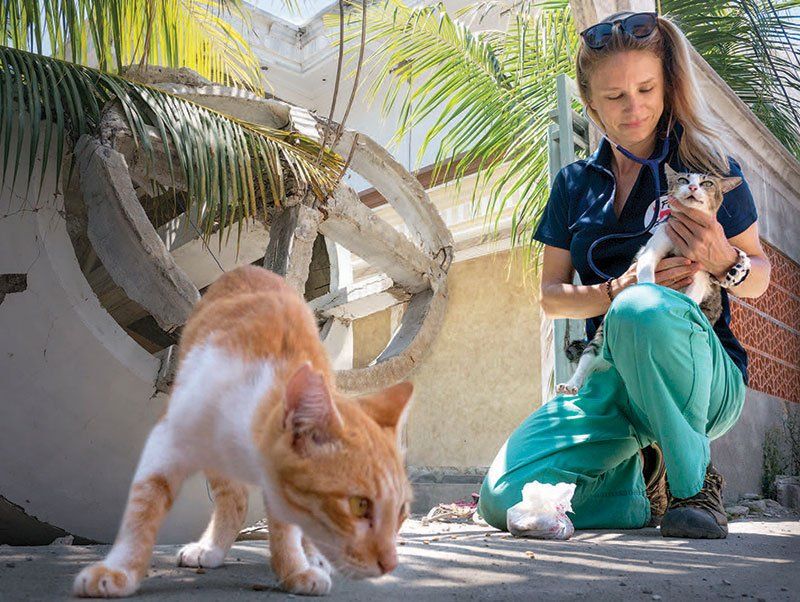
Following my initial disaster response trip to Bangkok, I was inspired to develop a resource that could help practitioners provide high-quality medicine in low-resource environments. I was fortunate enough to recruit Dr. Tess Kommedal (a former UC Davis shelter medicine resident) to embark on a journey to develop a practical resource for veterinarians and animal welfare professionals. In September 2018, four years after we pitched the idea, the Field Manual for Small Animal Medicine was published. As the co-creator of this book, I may be a bit biased, but I’m extremely proud of our book. My hope is that it will help elevate the standard of care both for temporary field clinics and permanent companion animal welfare programs around the world.
The manual compiles resources from dozens of practitioners from around the world, focusing on practical and cost-effective protocols where the ideal practice may not be feasible. It includes resources on crafting anesthesia protocols based on local drug availability, euthanasia protocols, humane dog capture, emergency sheltering, and descriptions of surgical practices such as limb amputations, enucleations and spay/ neuter techniques. It’s also designed to serve as a quick reference guide for cytology interpretation, treatment protocols for a variety of commonly observed diseases and drug dosing.
Diagnostics and treatment
The manual addresses a range of situations practitioners commonly encounter in the field. For example, while most practitioners head to the field with the intention of providing just spay/neuter, in under-resourced areas these clinics often unintentionally attract local pet owners seeking help for their sick or injured animals. Unfortunately, diagnostics are usually limited, and a microscope is a luxury rarely found in field settings. In the book, a chapter by veterinarian Jennifer Bolser focuses on practical, cost-effective point-of-care testing, which refers to tests that can be performed patient-side, facilitating rapid and valuable information collection for the diagnosis, treatment and management of diseases in field settings.
The book goes beyond medical protocols to address the myriad logistical challenges of bringing veterinary care to underserved regions. While spay/neuter clinics require tremendous planning irrespective of the setting, field clinics in particular face numerous hurdles, including lack of reliable electricity, compromised patient health, and the potential need to capture and handle stray animals unfamiliar with restraint. Veterinarian Susan Monger, founder of International Veterinary Consultants, crafted a comprehensive chapter on planning, setting up and operating a field spay/neuter clinic. Rather than simply discussing the surgical operations themselves, she digs deeper into the intricacies of organizing such clinics, including the acquisition of import permits for supplies and medications, innovative ways to maintain a sterile environment, suggestions for sourcing oxygen tanks for anesthesia locally, a detailed checklist and timeline for clinic planning, and staffing recommendations.
It’s an exciting time in shelter medicine, as field service projects are expanding rapidly across international boundaries and into rural communities. More than ever, shelter staff and veterinarians are stepping outside their traditional facilities and seeking opportunities to help animals in need. While this expansion of veterinary medicine into under-resourced settings has given rise to complex dilemmas on how to provide adequate medical care, with increasing resources we can ensure quality care for animals who need it most.


